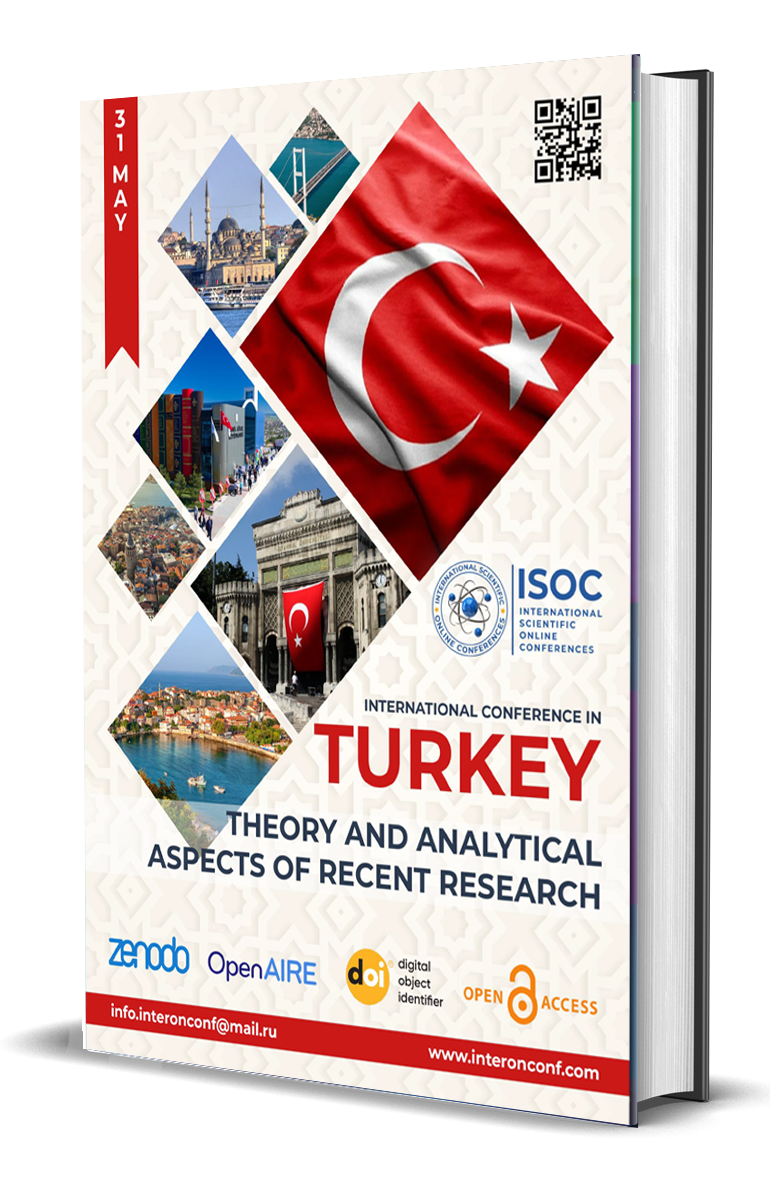TECHNOLOGY AND EDUCATION
Keywords:
Digital era, access to education, collaboration, interactive.Abstract
This article explores the impact of technology on education, examining how it has transformed traditional educational practices and opened up new opportunities for teaching and learning.
References
Clark, R. E. (2011). The impact of technology on the educational effectiveness of instruction: A review of the literature. Education Tech Research Dev, 59, 67-88.
Cuban, L. (2001). Oversold and underused: Computers in the classroom. Harvard University Press.
Kozma, R. (2003). Technology and classroom practices: An international study. Journal of Research on Technology in Education, 36(1), 1-14.
Means, B., Toyama, Y., Murphy, R., Bakia, M., & Jones, K. (2009). Evaluation of evidence-based practices in online learning: A meta-analysis and review of online learning studies. US Department of Education.
Prensky, M. (2001). Digital natives, digital immigrants. On the Horizon, 9(5), 1-6.
Selwyn, N. (2016). Is technology good for education? John Wiley & Sons.
Zhao, Y. (2012). World class learners: Educating creative and entrepreneurial students. Corwin Press.
REFERENCES:
Launder, A., “The status and function of English in Indonesia: A review of key factors,” Makara, Sosial Humaniora, 2008, vol. 12, no. 1, pp. 9-20.
The Republic of Indonesia, Law Number 20, Year 2003 on National Education System, 2003.
Sudrajat, D., Studi tentang pelaksanaan pengajaran bahasa Inggris di SD kota Tanggarong, Cendekia, 2015, vol. 9, no. 1, pp.13-24.
Suyanto, K., English for young learners. Jakarta: Bumi Aksara, 2010.
Chuang, M., Teaching and learning English in kindergartens in Kaohsiung, Doctoral Dissertation. University of Bielefeld: Germany, 2001.
Cameron, L., Teaching language to young learners. New York: Cambridge University Press, 2001.
Wei-pei, W., Teaching English to young learners in Taiwan: issues relating to teaching, teacher education, teaching materials and teacher perspectives, Doctoral. Dissertation. The Department of Applied Linguistics, University of Waikato: Taiwan, 2008.
Khamari, M.J., Guru, N., Tiwari, S.K., Sahu, N., Hanspal, P., Hadke, K., and Naidu, S., “An investigation into the problems of teaching English at primary level,” Journal of Research & Method in Education, 2014, vol. 4, no. 1, pp.30- 42.
Copland, F., Garton, S., and Burns, A., “Challenges in teaching English to young learners,” TESOL Quarterly, 2014, vol. 48, no. 4, pp.738-762.
Singleton, D., Age and the acquisition of English as a foreign language. Great Britain: Cromwell Press, 2003.
Broughton, G., Brumfit, C., Flavell, R., Hill, P., and Pincas, A., Teaching English as a foreign language. London: Rutledge, 2003.
Arthur, J., and Cremir, T., Learning to teach in primary school, 2nd edition. New York: Rutledge, 2010.
Septy, A.P., Assumptions, and evidence about introducing English in Indonesia primary schools, Thesis. University of Bung Hatta: Padang, 2003.
Harmer, J., Essential teacher knowledge; core concepts in English language teaching. Essex: Pearson Education Limited, 2012.
Scott, W.A., and Ytreberg, L.H., Teaching English to children. New York: Longman, 2004.
Moon, J., Children learning English: a guidebook for English language teachers. London: Macmillan, 2005.
Pinter, A., Teaching young language learners. New York: Oxford University Press, 2006.
Read, C., “Is younger better?,” English Teaching professional, 2003, vol. 28, pp. 5–7.
Utomo, D., Arsip as national identity: a case of Indonesia. Retrieved from htttp://ica2012.ica.org Retrieved 30 March 2018.
The Republic of Indonesia, Law Number 14, Year 2005 on Teachers and Lectures, 2005.
Nation, P., “The four strands of a language course,” TESOL in Context, 1996, Vol. 6, No. 2, pp.7-12.





